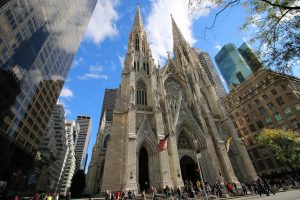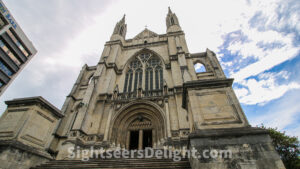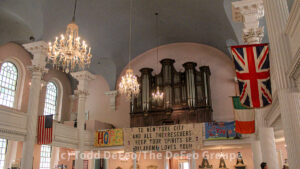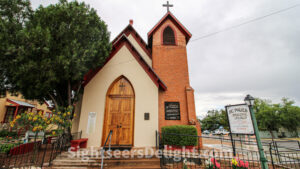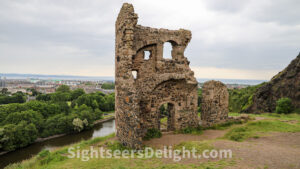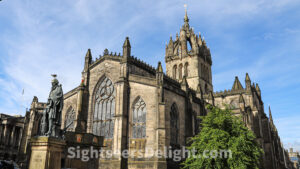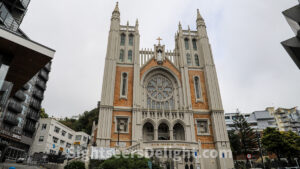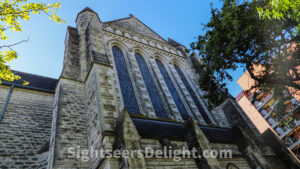The Neo-Gothic-style Roman Catholic St. Patrick’s Cathedral is perhaps the most recognized church in the United States. Construction of the cathedral began in 1858 but was halted during the Civil War. It resumed in 1865, and the cathedral was completed in 1878. It was dedicated on May 25, 1879. The church’s spires were added in 1888.
10022
St Paul’s Cathedral is the mother church of the Anglican Diocese of Dunedin. While the first parish church of St Paul was built on the site from 1862 to 1863, work on the modern incarnation of the church began in 1913. Bishop Samuel Tarratt Nevill consecrated the cathedral on Feb. 12, 1919. Construction on a new chancel, which features a more modernist design, started in December 1969 and finished in July 1971.
St. Paul’s Chapel was completed in 1766 as a “chapel of ease” for those who could not make it to the Parish of Trinity Church. Ten years later, the church survived the Great Fire of New York. In 1789, George Washington attended services here on Inauguration Day and continued to attend the church for two more years as the city served as the nation’s capital. Years later, on Sept. 11, 2001, the church was only yards away from the worst terrorist attack on American soil.
10007
While many of the historical sites around Tombstone are not original to the days when Wyatt Earp and Doc Holliday wandered the dusty streets of Tombstone, nearly every aspect of St. Paul’s Episcopal Church dates to 1882 when the church opened. Rev. Talbot and the Arizona-New Mexico Episcopal Diocese began construction of the church, and Endicott Peabody completed it in June 1882. The church, located at Safford and Third streets, cost $5,000. While many businesses in town closed over the years, St. Paul’s Episcopal Church did not, surviving the town’s leaner times. It continues to hold weekly services.
85638
The St John the Baptist Church in Cardiff, Wales, is a parish church listed as a Grade I building. It is the only church in the city center that dates back to pre-Medieval times and is also the only medieval building apart from Cardiff Castle. The church was constructed in 1180 as a chapel to serve as a smaller place of worship for St Mary’s Church. St Mary’s Church was established by Benedictine monks from Tewkesbury Abbey.
St. Mary of the Angels sits on the site of Wellington’s first Catholic Church, established in 1843, and is the third church to occupy the site. The church opened on March 26, 1922, replacing a building that burned in May 1918. Construction started in April 1919, and the church’s contractor, H.E. Manning, went bankrupt during construction. Father Stanislaw Mahoney, the parish priest, and a close friend, Martin Maloney, worked with a group of largely unskilled workers to complete the church.

